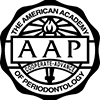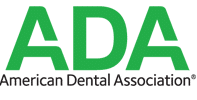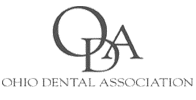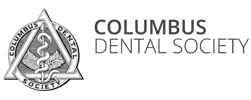Cementation of dental implant prostheses is a universal practice. Excess cement in the gingival sulcus has been reported to cause peri-implantitis, which could lead to implant failure. One possible way to identify excess cement is with the use of radiographs if the cement has sufficient radiopacity.
A recent study by Wahdwani, C.*, et al, compared the radiographic density of different cements used for implants. In this study, eight different cements were compared: TempBond Original, TempBond NE, Fleck’s, Dycal, RelyX Unicem , RelyX Luting, Improv, and Premier Implant Cement. Specimen disks were radiographed and the radiopacity was determined using the grey level values of the test materials as compared to a standard aluminum step wedge.
The results showed the highest level of radiopacity were recorded for the zinc cements ( TempBond and Zinc Phosphate). A lower level of radiopacity was recorded for Dycal, which also contains zinc. The popular implant cements (Rely X, Rely XL, Improv, Premier Implant Cement ) had the lowest radiopacity values and could not be detected radiographically.
The authors concluded that many types of cement commonly used for the cementation of implant-supported prostheses have poor radiopacity and may not be detectable following radiographic examination.
Comments by Dr. Sakamoto: This study reveals the lack of radioopacity in some of the more popular dental implant cements. Today’s two dimensional radiographs (periapicals and bitewings) are also limited in not showing excess cement on the buccal and lingual aspects of implants. Understanding the different radiodensities of cements will help in selecting the appropriate cement. This article points to one of many controversial issues regarding the cementation of dental implant prostheses. Future newsletter issues will discuss cementation techniques, abutment design, and screw-retained options to avoid excess cement-induced peri-implantitis.
* (J Prosthet Dent 2010;103:295-302)

 Dr. Sakamoto
Dr. Sakamoto
 Dr. Mannava
Dr. Mannava
 Our Team
Our Team
 FIRST VISIT
FIRST VISIT
 PATIENT FORMS
PATIENT FORMS
 DENTAL INSURANCE
DENTAL INSURANCE
 POST-OP INSTRUCTIONS
POST-OP INSTRUCTIONS





